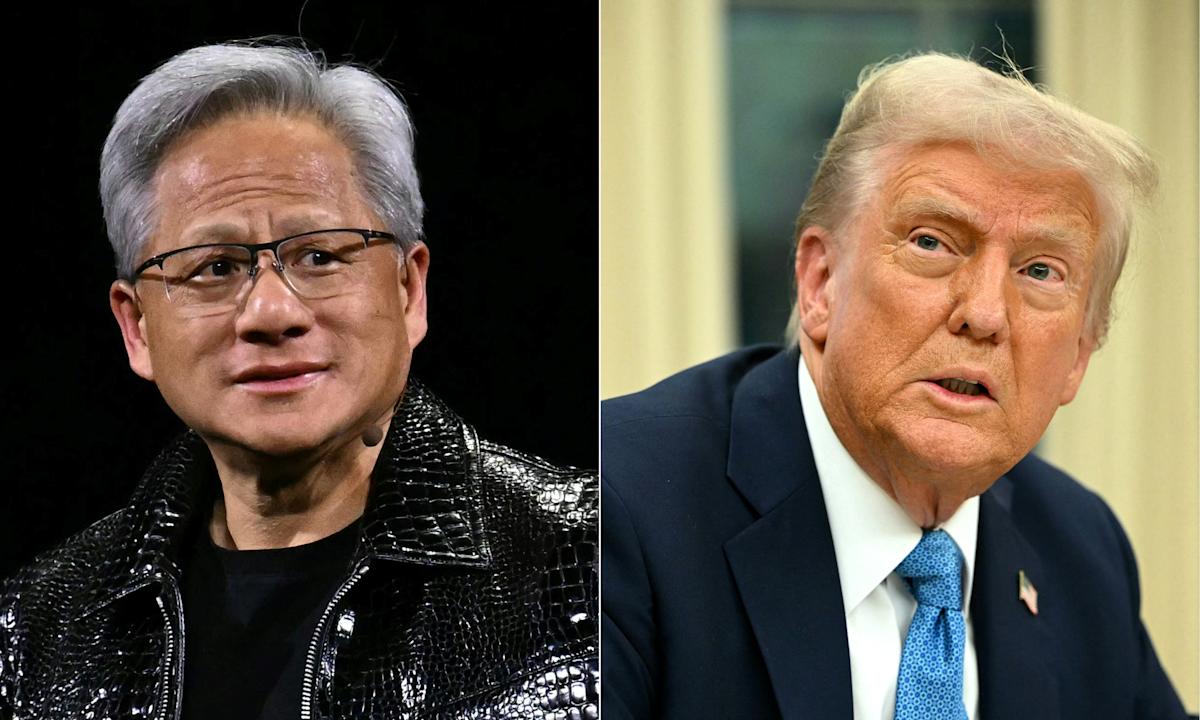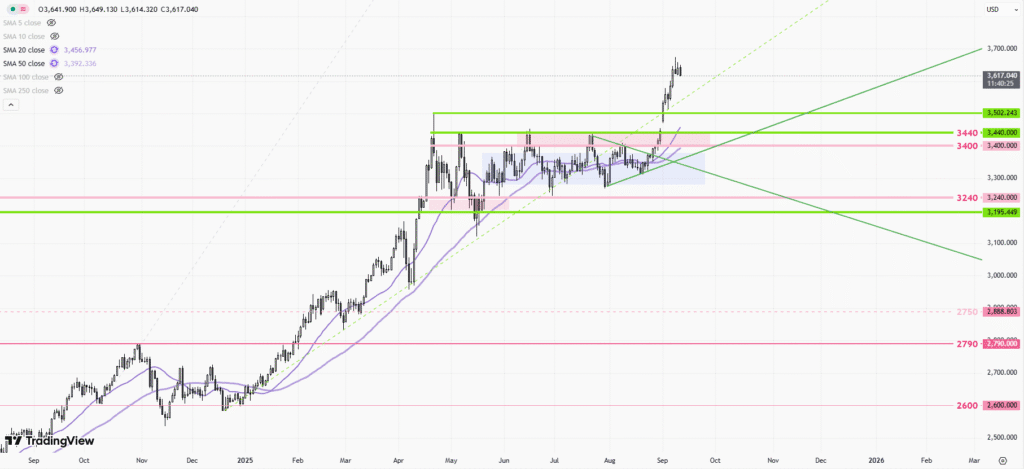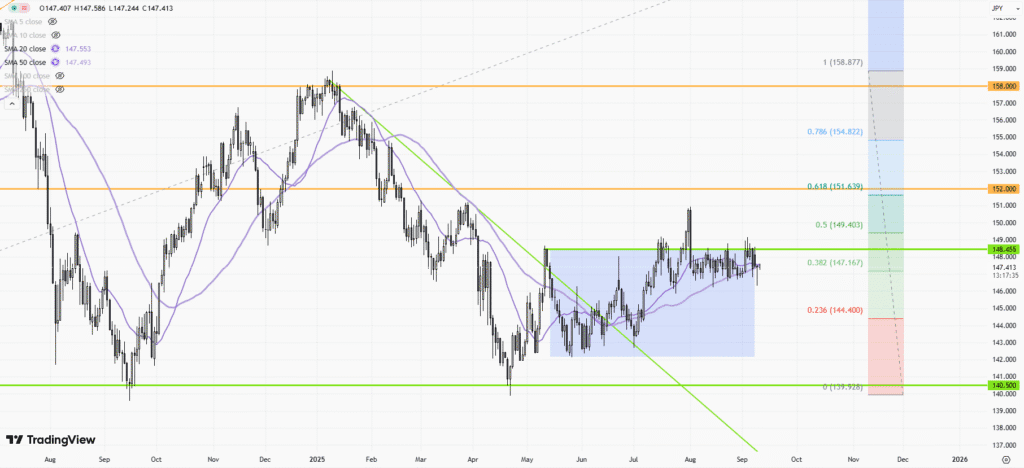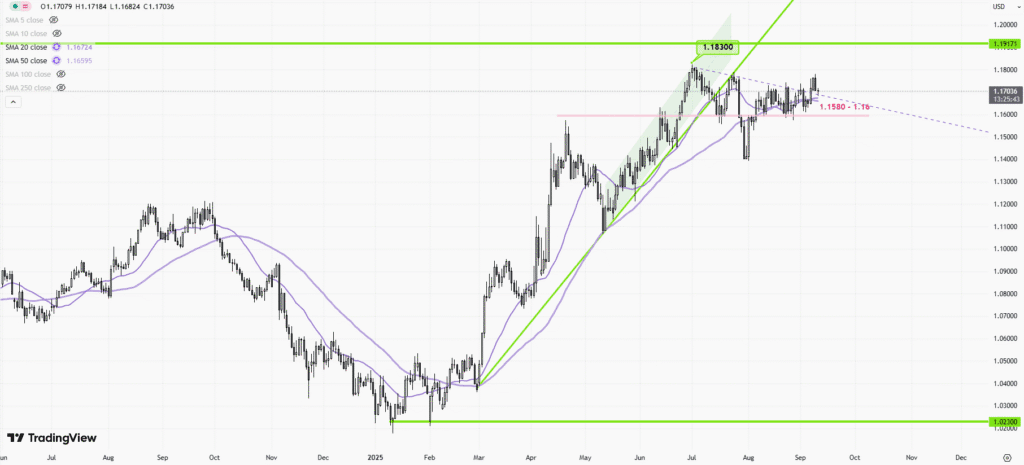 |
| Gold V.1.3.1 signal Telegram Channel (English) |

Trump’s 100% Semiconductor Tariffs: Impact on U.S. Tech Giants and the Future of American Chip Manufacturing
2025-08-14 @ 02:00
Donald Trump’s Bold Tariff Move: What It Means for Semiconductor Giants and U.S. Tech
President Donald Trump has once again sent ripples through the global tech economy with his recent announcement to implement sweeping 100% tariffs on all semiconductor imports. This ambitious move is aimed at reviving domestic manufacturing capacity and solidifying America’s position in the global chip market, but it introduces a host of new questions for major industry players like Nvidia and AMD.
Semiconductor chips are at the heart of modern life—they power everything from smartphones and laptops to cars and advanced medical technologies. The U.S. has long depended on overseas suppliers, particularly from Asia, for high-end chip technologies. Over recent years, this reliance has spurred intense debate about economic and national security vulnerabilities. Trump’s proposed tariffs represent the government’s most aggressive step yet to not just reduce these vulnerabilities, but to try and flip the script entirely.
Key Features of Trump’s Tariff Plan
The centerpiece of Trump’s new approach is a 100% tariff on imported chips and semiconductors. However, the administration is carving out important exemptions. Companies that build their chips in the United States—or are currently constructing domestic plants—will not face these new duties. Trump reiterated, “If you’re building in the United States of America, there’s no charge.” This means that U.S.-based production facilities will become more attractive to chipmakers, while imports face a hefty barrier.
Tens of billions in new investments have already been pledged. Corporate giants like Apple have committed another $100 billion to U.S. manufacturing expansion over the next four years. Meanwhile, major chipmakers such as Taiwan Semiconductor Manufacturing Company (TSMC) and Nvidia have announced multi-billion-dollar plans for new plants and research centers on American soil.
Micron’s Historic $200 Billion Investment
Even before the White House’s recent tariff announcement, momentum for U.S.-based chip production was building. Micron Technology, one of America’s leading semiconductor firms, committed to a massive $200 billion investment to construct memory chip manufacturing and R&D centers in Idaho, New York, and Virginia. The Micron initiative is seen as a direct response to government support and is expected to create tens of thousands of jobs, boost domestic technology leadership, and fortify the nation’s economic and national security.
Industry Uncertainty and the Impact on Nvidia, AMD, and Others
For chip giants like Nvidia and AMD, the new tariff regime presents both opportunity and risk. On the one hand, companies with existing U.S. operations will benefit from a more favorable competitive landscape, while rivals that rely on imports must rethink their supply chains or risk losing access to the lucrative American market. The pressure is mounting for giants such as Nvidia—which has made substantial investments in U.S. infrastructure—to accelerate their domestic manufacturing timelines.
But many questions remain. How quickly can companies shift manufacturing stateside? Will the costs of building advanced chips in the U.S. erode the competitiveness that Asian fabs have developed over decades? How will global trade partners respond, and could retaliatory tariffs disrupt other sectors or trigger price hikes for consumers?
Supply Chain Dynamics
The new tariffs are likely to trigger significant supply chain shifts, especially for companies deeply tethered to Asian fabrication plants. Relocating chip manufacturing is not only capital-intensive but also complex, requiring deep expertise, supply chains of raw materials and parts, and a skilled workforce that takes years to develop.
The administration hopes that the weight of the tariffs and the promise of a friendlier regulatory environment will outweigh these hurdles. The U.S. Investment Accelerator, for instance, is promising “white glove” service to expedite permits and approvals, streamlining what has been a complicated federal process.
Potential Consequences for Consumers and Broader Industry
While the long-term aim is to increase resilience and create high-tech American jobs, short-term market disruptions are inevitable. Traditional suppliers may struggle to meet the pace of change, risking shortages and potential inflation across industries that depend on semiconductors. Electronics, vehicles, and AI servers, which all rely on these chips, could become more expensive if tariff-driven cost increases trickle downstream.
The possibility of market retaliation from other countries also looms large. If the tariff war escalates, the ripple effects could reach far beyond the realm of semiconductors, impacting pharmaceuticals, critical minerals, and even consumer electronics.
Conclusion: An Era of Uncertainty and Acceleration
Trump’s bold approach to semiconductor tariffs is an unmistakable signal that the U.S. is determined to reclaim its manufacturing edge in the most strategic of technologies. For investors, executives, and consumers alike, the next few years may bring considerable volatility, as the industry navigates a complex landscape of opportunity, disruption, and uncertainty. The clarion call to “build in America” has never been louder, but the answers as to how—and how fast—the industry will pivot remain to be seen.
Stay tuned as I continue to track the evolving policy landscape and its real-world effects on America’s largest tech companies, supply chains, and ultimately, your wallet.








